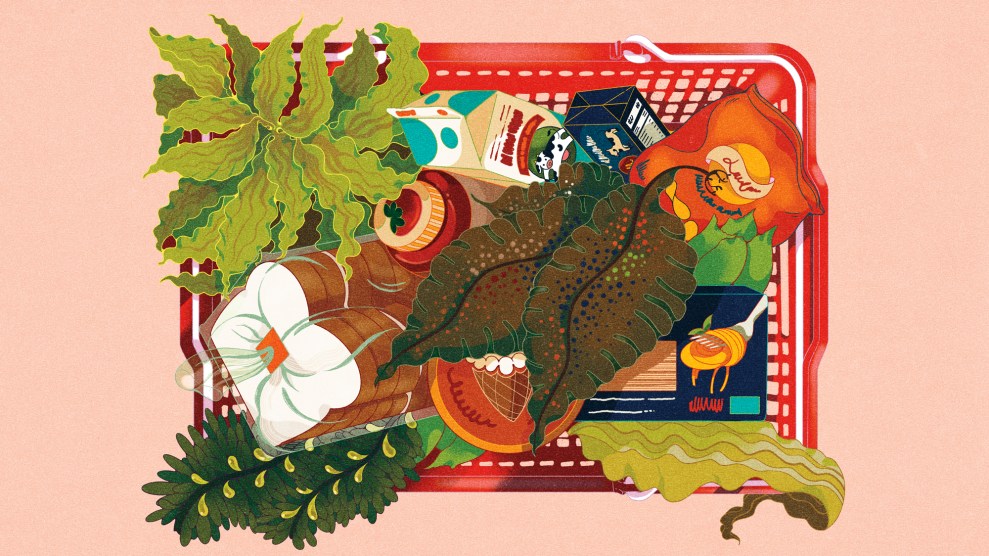The more we learn about the current swine flu outbreak, the more it all begins to sound like what happened in 2005, when the world faced a possible pandemic of avian flu. But with the exception of stocking up on Tamiflu, most governments seem to have taken little meaningful action in response to the bird flu scare, and learned few lessons.
In certain ways, the world’s experience with Avian flu may actually have rendered it less, rather than more prepared for a new outbreak. The Daily Telegraph (UK) reported earlier this week on a meeting of scientists held in Austria back in February, before the swine flu had surfaced. There, Harvard professor Thomas Monath warned that because so much attention had been focused on bird flu, if another strain popped up, “we would be screwed.” The Telegraph’s medical editor writes:
He warned vaccine manufacturing capacity is insufficient, meaning that if a pandemic strain of flu emerged now it would be impossible to make enough for the world’s population in time.
The scientific community had become “complacent” about a new flu pandemic because the avian influenza strain H5N1 has been around for 13 years without spreading around the world.
Prof Monath said: “If it’s a new strain of flu it will be nine months to a year before we have got really good geared up vaccine production. We will rely on antiviral drugs first and then it is a crash effort to make a vaccine. In the meantime there will be clearly an emerging uncontained problem,” he said.
A second unlearned lesson has to do with the way we treat our livestock. Here, again, explicit warnings have been ignored. In an excellent piece on Huffington Post, David Kirby outlines the links among the virulent new flu strains and “confined animal feeding operations” (CAFOs), otherwise known as factory farms, where tens of thousands of animals live packed together in poorly ventilated sheds, standing (and breathing) in their own excrement.
Kirby cites a 2008 report by the Pew Commission on Industrial Farm Animal Production, which “included research on emerging forms of avian-swine-human influenza viruses.” The report warned of a scenario much like one that has emerged in Mexico, where “patient zero” is thought to be a boy living in a rural hamlet near a factory hog farm owned by Smithfield Foods:
The continual cycling of swine influenza viruses and other animal pathogens in large herds or flocks provides increased opportunity for the generation of novel viruses through mutation or recombinant events that could result in more efficient human-to-human transmission of these viruses. In addition, agricultural workers serve as a bridging population between their communities and the animals in large confinement facilities. This bridging increases the risk of novel virus generation in that human viruses may enter the herds or flocks and adapt to the animals.
The Humane Society, which tracks factory farming because of the cruel conditions in which these animals live, also points out that the present H1N1 strain “is not the first triple hybrid human/bird/pig flu virus to be discovered.” It cites a previous outbreak on a North Carolina factory farm in 1998, and reports:
Dr. Robert Webster, one of the world’s leading experts of flu virus evolution, blames the emergence of the 1998 virus on the “recently evolving intensive farming practice in the USA, of raising pigs and poultry in adjacent sheds with the same staff,” a practice he calls “unsound.” “Within the swine population, we now have a mammalian-adapted virus that is extremely promiscuous,” explained another molecular virologist at the time, referring to the virus’s proclivity to continue to snatch up genes from human flu viruses. “We could end up with a dangerous virus.” This may indeed be what we are now facing.
The conditions in which livestock–and the humans who tend them–live was an issue in the 2005 avian flu scare, as well. In November 2005, I wrote in the Village Voice:
While developed countries race to lay in supplies of antiviral drugs, there is little interest in the animals themselves and in animal-human interaction where flu can begin and spread. The WHO and Food and Agriculture Organization have only 40 veterinarians between them. “Reducing human exposure requires education about handling poultry and a fundamental change in cultural attitudes towards human- animal interactions and husbandry in many parts of the world,” writes The Lancet, the British medical journal. “In some African countries, people sleep in the same places as poultry. In southeast Asia, ‘wet markets,’ where live poultry are traded and slaughtered on the spot, pose a risk of human transmission. And in Central Asia and Eastern Europe, hunting of wild birds may have played a major part in the spread of avian influenza.












